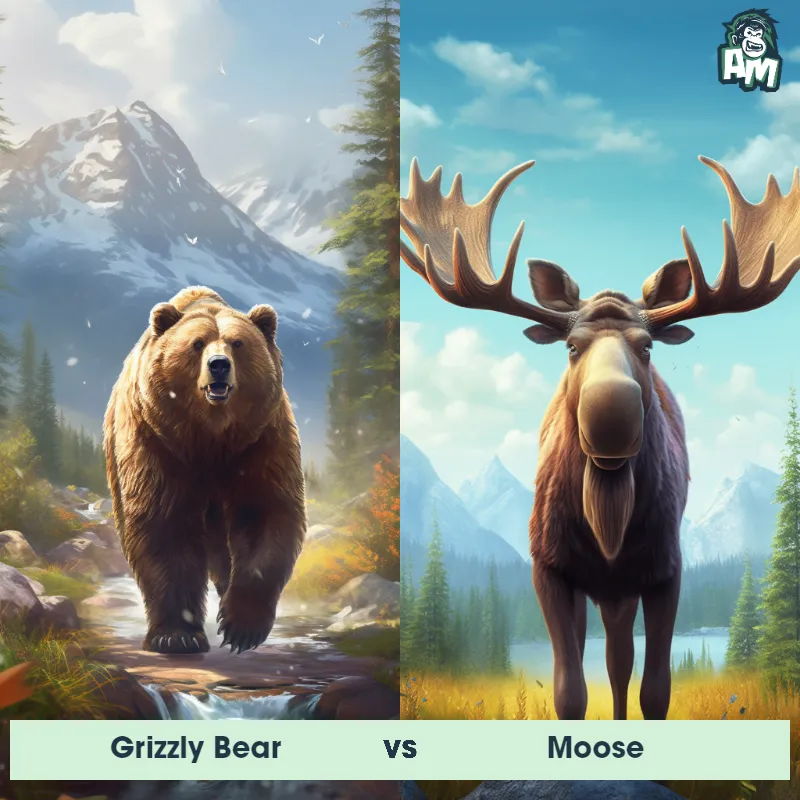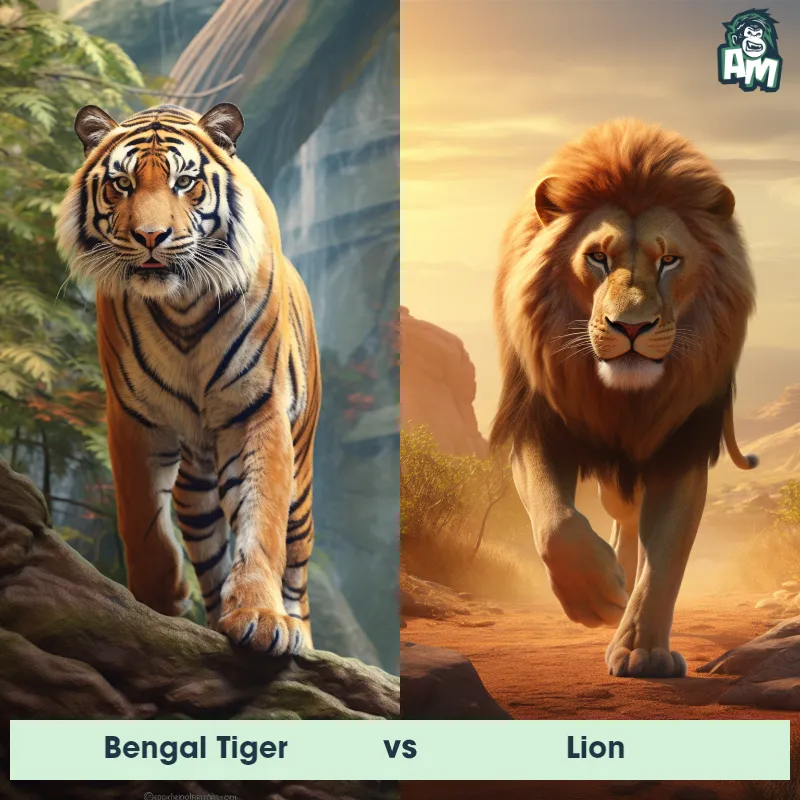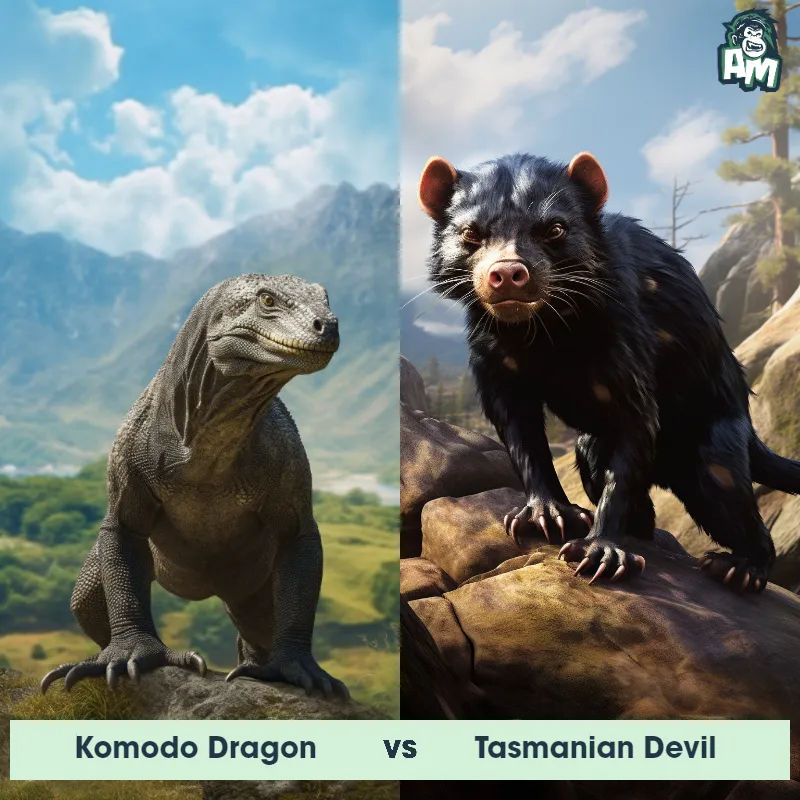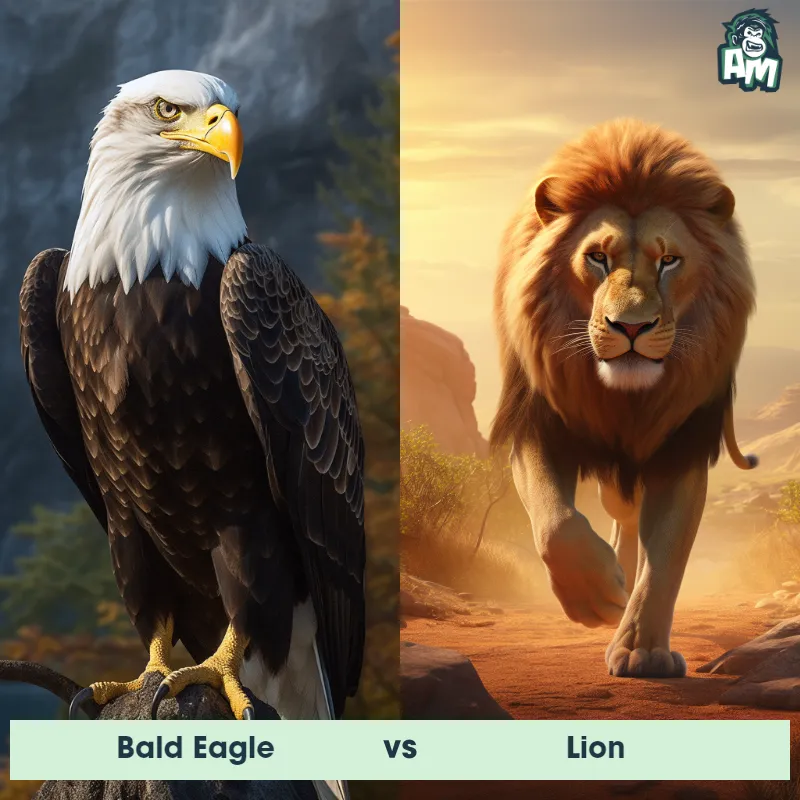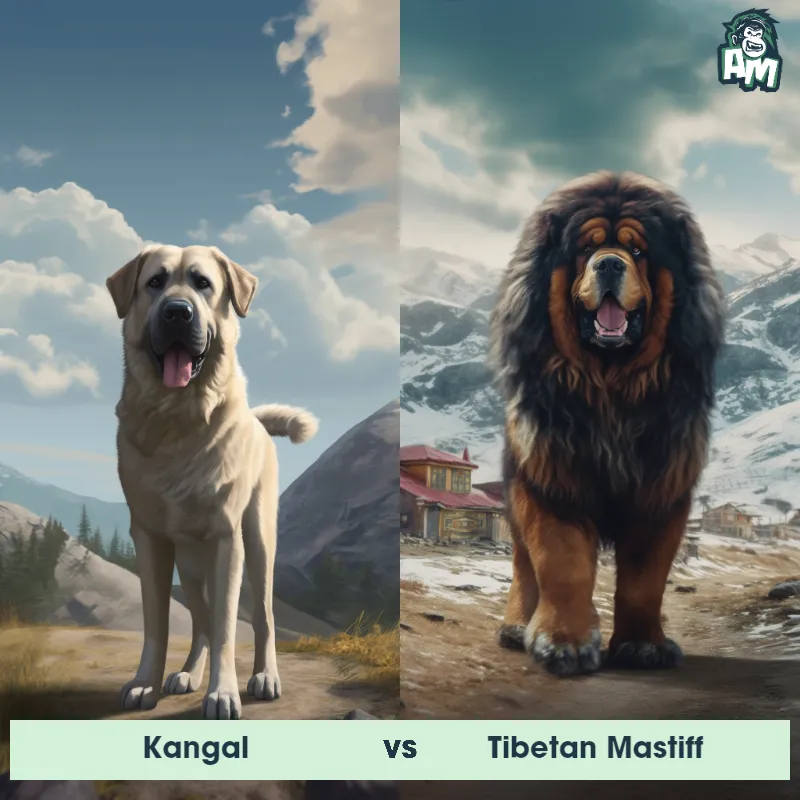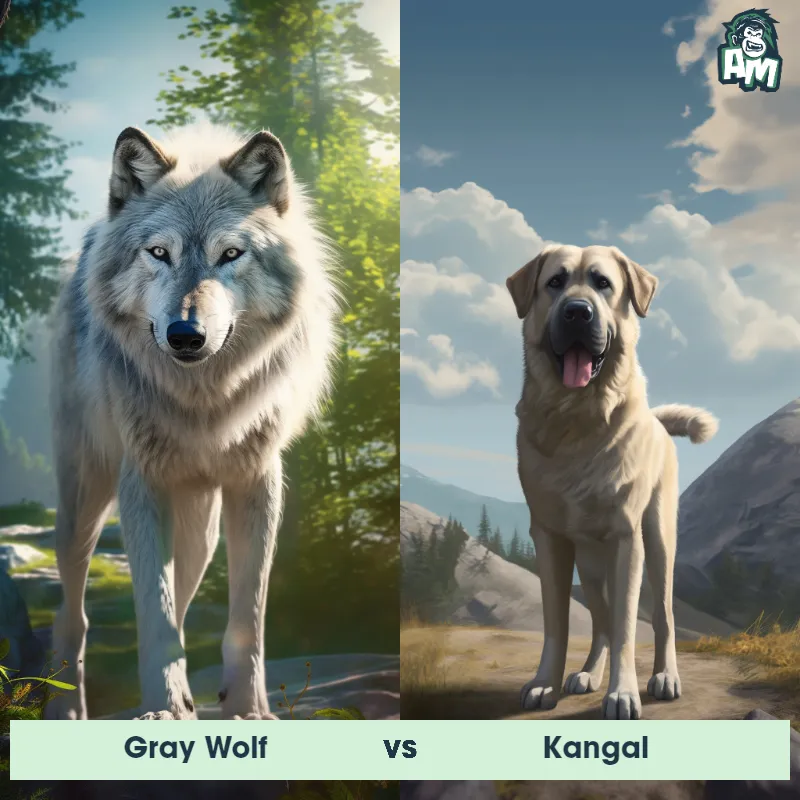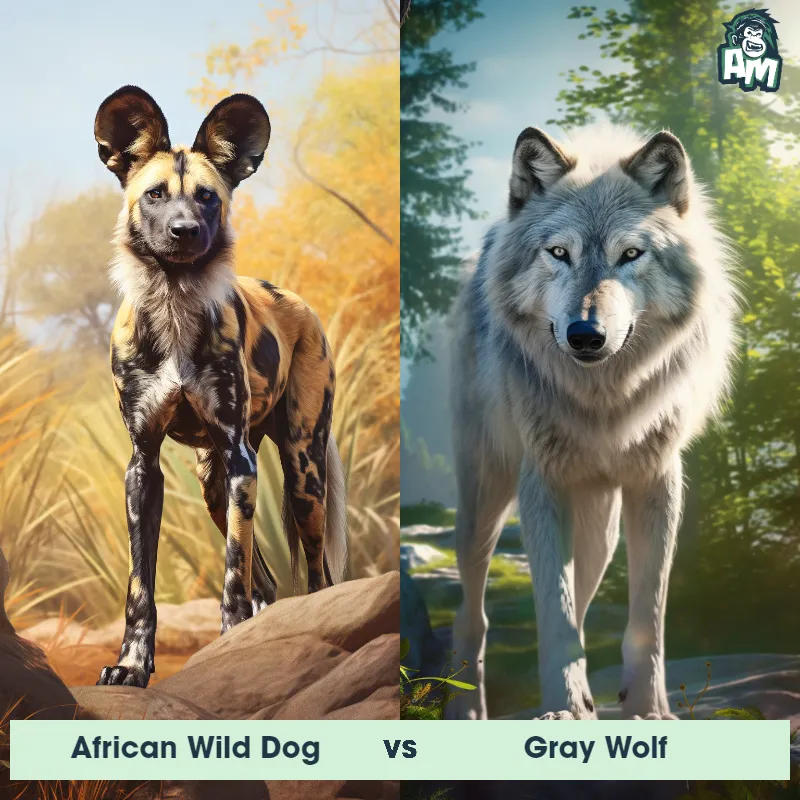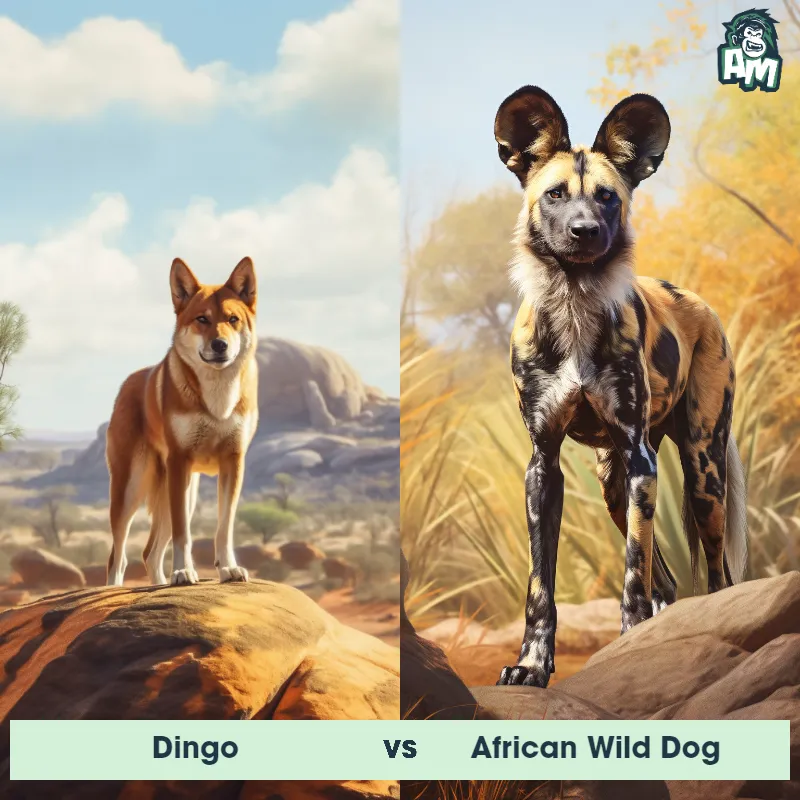Lynx vs Gray WolfSee Who Wins

Ladies and gentlemen, welcome to this thrilling matchup between the formidable Lynx and the fierce Gray Wolf. Both animals are known for their agility, speed, and cunning tactics. This clash of the wild promises to be an unforgettable encounter. Let's dive straight into the action!
Contender 1: Lynx
The Lynx is a medium-sized wild cat with distinctive tufted ears, short tail, and spotted fur. They have powerful legs and sharp claws, which make them excellent hunters. Lynx are solitary animals and are found in forests and mountainous regions across Europe, Asia, and North America.
Fun Fact: Lynx have excellent hearing and can detect prey up to 75 feet away, even under a thick layer of snow.
Contender 2: Gray Wolf
The Gray Wolf, also known as the timber wolf, is a large canine species found in North America, Eurasia, and parts of Africa. They have a thick, grayish-brown fur coat, a bushy tail, and a strong, muscular build. Gray wolves are highly social animals that live in packs, with a dominant alpha male and female leading the group. They are skilled hunters and can take down prey much larger than themselves, such as elk and bison.
Fun Fact: Gray wolves have a complex communication system that includes howling, growling, and body language, allowing them to communicate with each other over long distances.
Matchup Stats
| Lynx | Gray Wolf | |
|---|---|---|
| Size | 18-24 inches (45-60 cm) at the shoulder | 2-3 feet (0.6-0.9 meters) at the shoulder |
| Weight | 18-24 pounds (8-11 kg) | 70-110 pounds (32-50 kilograms) |
| Speed | Speed: 50 mph (80.47 km/hr) | Speed: 40 mph (64.37 km/hr) |
| Key Strength | Powerful legs and sharp claws | Powerful jaws and sharp teeth |
| Biggest Weakness | Short tail | Vulnerable to attacks on the neck and throat |
Current Votes
Lynx vs Gray Wolf
See Who Wins
View More Matches
Looking For More?
Similar Matches
Scientific Stats
| Lynx | Gray Wolf | |
|---|---|---|
| Scientific Name | Lynx | Canis lupus |
| Family | Felidae | Canidae |
| Habitat | Forests and mountainous regions | Forests, grasslands, tundra, and deserts |
| Geography | Europe, Asia, and North America | North America, Eurasia, and parts of Africa |
| Diet | Small mammals, birds, and fish | Carnivorous, primarily feeding on large ungulates such as elk and bison |
| Lifespan | 10 years - 15 years | 6 years - 13 years |
Key Differences between Lynx and Gray Wolf
- Body shape: The Lynx has a compact and muscular build with a small head and short neck, whereas the Gray Wolf possesses a larger, more elongated body with a long neck and a broader head.
- Tail: The Lynx has a relatively short tail, typically measuring around 5-8 inches in length, whereas the Gray Wolf possesses a longer and bushier tail, ranging from 12-18 inches.
- Coloration: The Lynx typically has a reddish-brown or grayish-brown coat with distinct dark spots and stripes, while the Gray Wolf displays various shades of gray or brown, often with a mix of white, black, and gray fur.
- Facial features: The Lynx is characterized by its prominent ear tufts which serve as excellent hearing adaptations, whereas the Gray Wolf has more rounded ears without tufts.
- Size: The Lynx is smaller in size compared to the Gray Wolf, with an average adult Lynx weighing around 30-35 pounds, while the Gray Wolf can reach weights of over 100 pounds.
- Leg proportions: The Lynx has noticeably long hind legs compared to its front legs, giving it a distinctively taller hindquarters appearance, while the Gray Wolf has relatively proportionate legs.




